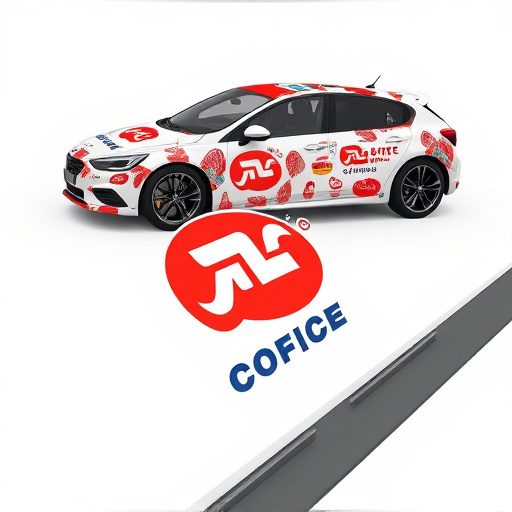In today's dynamic market, competitive pricing is crucial for businesses aiming to grow across multi-channel sales platforms, including e-commerce and physical stores. Companies must analyze industry trends and consumer behavior, incorporating unique selling points like ceramic coating services to set prices that drive sales while maintaining profitability. Continuous monitoring ensures pricing remains competitive, fostering brand loyalty and long-term success, especially in the premium automotive services sector.
In today’s digital era, multi-channel sales growth is vital for businesses aiming to thrive. Understanding competitive pricing strategies is key to navigating this landscape. This article explores how dynamic pricing can enhance sales across channels, while also emphasizing the importance of measuring and optimizing pricing performance for long-term success. Discover tactics to implement competitive pricing that drives growth and keeps you ahead in the market.
- Understanding Competitive Pricing Strategies for Multi-Channel Sales
- Implementing Dynamic Pricing to Boost Sales Across Channels
- Measuring and Optimizing Pricing Performance for Long-Term Growth
Understanding Competitive Pricing Strategies for Multi-Channel Sales

In today’s multi-channel sales landscape, understanding competitive pricing strategies is paramount for growth. Businesses must navigate a complex environment where customers compare prices across various platforms, from e-commerce sites to physical stores and even social media marketplaces. To thrive, companies need to adopt dynamic pricing models that account for unique selling points like scratch protection or vehicle enhancement features offered through ceramic coating services. By analyzing market rates, competitor offerings, and customer preferences, businesses can set competitive pricing that drives sales across all channels.
This approach requires continuous monitoring of industry trends and consumer behavior. For instance, the popularity of specific vehicle enhancements or changing demands for scratch protection in different markets will impact pricing strategies. Incorporating these insights into competitive pricing allows sellers to stay ahead, offering tailored solutions while maintaining profitability. Ultimately, this strategic pricing supports a robust multi-channel sales growth strategy by attracting customers, fostering brand loyalty, and ensuring long-term success.
Implementing Dynamic Pricing to Boost Sales Across Channels

Implementing Dynamic Pricing is a powerful strategy to enhance sales performance across various sales channels, especially in today’s competitive market. This approach involves adjusting prices in real-time based on demand, competitor pricing, and customer behavior. By utilizing dynamic pricing algorithms, businesses can offer tailored promotions and discounts, attracting more customers and increasing sales volume. For instance, an online retailer selling custom vehicle wraps and vehicle enhancement products can adjust prices during peak seasons or when introducing new high-quality finishes to ensure maximum market reach.
This technique allows retailers to quickly respond to changing market dynamics, such as seasonal trends or flash sales by competitors. It provides an edge in multi-channel sales, where customers are constantly comparing options. Dynamic pricing enables businesses to optimize revenue by balancing demand and supply, ensuring that products like custom vehicle wraps remain competitive while still allowing for healthy profit margins.
Measuring and Optimizing Pricing Performance for Long-Term Growth

Measuring and optimizing pricing performance is a critical aspect of sustaining multi-channel sales growth. By tracking key metrics such as price elasticity and revenue per customer, businesses can gain valuable insights into how their competitive pricing strategies are resonating with the market. This data allows for fine-tuning prices to balance short-term gains with long-term sustainability, ensuring that the business remains a force in the premium automotive services sector, where high-quality finishes like vehicle wraps often command a premium.
Regular reviews and adjustments to pricing models, informed by these metrics, are essential for adapting to market shifts and customer preferences. For instance, during periods of higher demand or when introducing new service packages, dynamic pricing can help maximize revenue while maintaining competitiveness. Conversely, understanding when to adjust prices for declining services or changing production costs is crucial for preserving profitability and ensuring the business remains attractive, especially in a competitive landscape where quality vehicle wraps and other high-end finishes are in high demand.
Competitive pricing strategies are a powerful tool for multi-channel sales growth. By understanding dynamic pricing techniques and optimizing performance, businesses can enhance their market position and drive long-term success. Implementing these strategies allows companies to adapt to diverse customer behaviors and channel dynamics, ensuring they stay ahead in a competitive marketplace. Remember that continuous measurement and optimization are key to achieving sustainable growth in today’s digital era.














